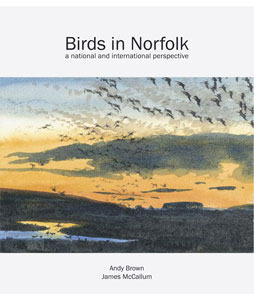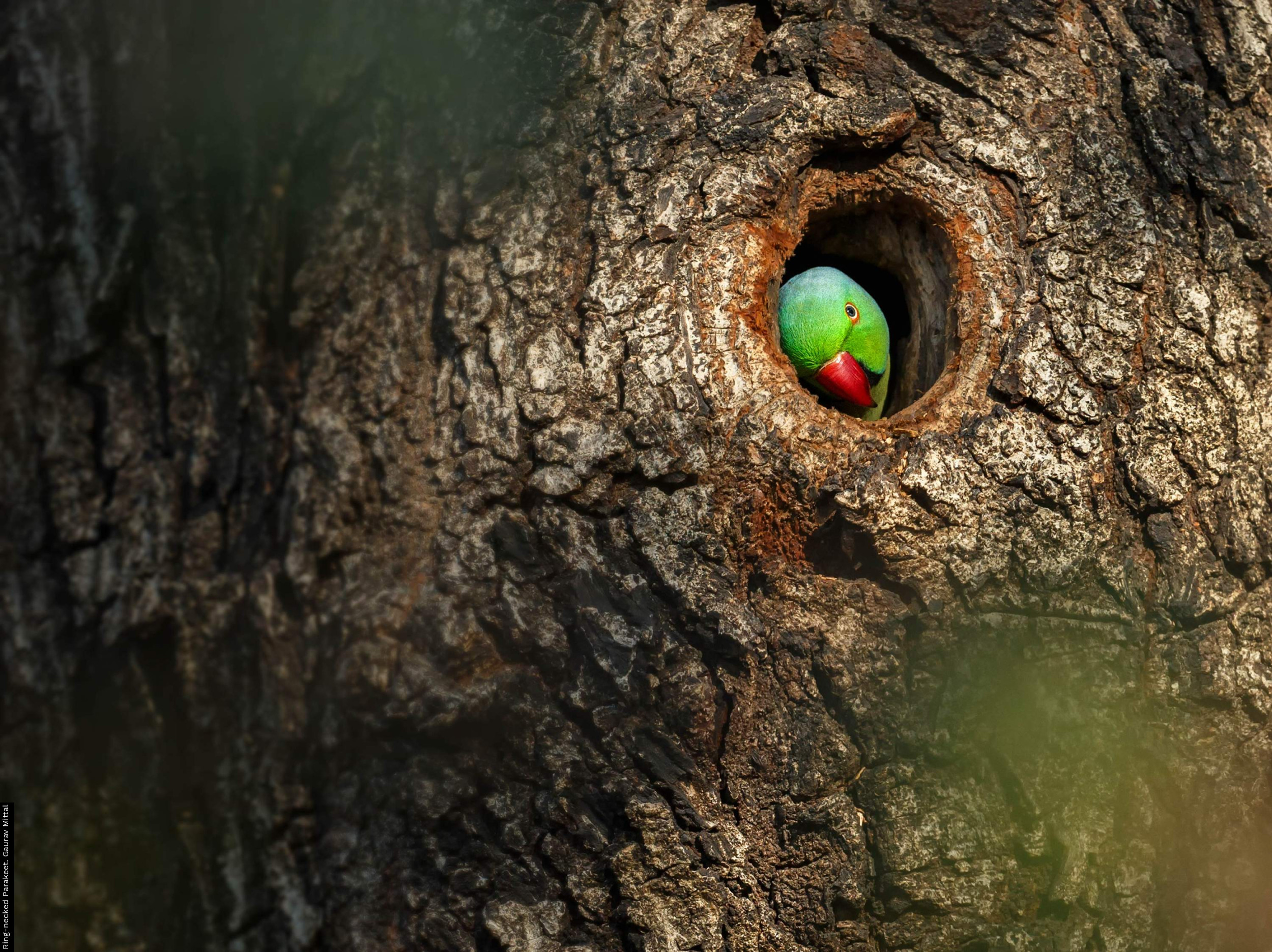
Publisher: Langford Press, Kings Lynn
Publication Year: 2016
Binding: Hardback
Page Count: 277
ISBN Number: 9781904078319
Price: £ 50.00
Birds in Norfolk: a national and international perspective
Norfolk attracts birds and birders like no other county, and has a whole library of books to explain one to the other – so why another book on Norfolk’s birds? Well the size and format of this book, in the style of Langford Press that combines art and wildlife, signals a different approach that will appeal to birders and more generally outdoors-y visitors alike. The reason birders will be captivated is twofold: a writer, like no other, with the knowledge and passion for the conservation of Norfolk’s birds; and an artist whose skill in depicting birds in their Norfolk habitats takes your own birding experiences from the field to your fireside.
Initially it seems a strange book, with only selected species, mainly in groups, treated to historical and modern review of status, trends and habits. However, once settled into the text, it becomes clear that the national and international context from the title is reflected in the species choices of the author, Dr Andy Brown, who has devoted his professional working life to bird conservation. Birders who are conservationists will get most from this book, as it tells us in an engaging way the importance of Norfolk’s birds in the wider context; their status on the global stage. Thus we learn that almost 50% of the world’s Pink-footed Geese winter in the county, whilst between a third and a half of the British populations of breeding Little and Sandwich Terns are on Norfolk’s coasts. BTO members and volunteers will very much like the use of our datasets, for example the WeBS Report online to represent these population numbers. The map of breeding waders on Scolt Head Island from the work of Natural England wardens is cleverly portrayed.
I particularly like the section on winter specialities as both the text and the artwork capture the essence of why we go birding in a Norfolk winter, and of course I’m inspired by the translation of migration excitement onto the page. The book has much wider appeal through the artwork of James McCallum. His focus is Norfolk, and his paintings illustrate the birds with a real sense of Norfolk space – you can almost feel yourself sitting next to him huddled in the lee of the sea-wall mesmerised by the flowing grace of a tight Brent Goose flock.
This book is not cheap at £50. However, accessing James’ paintings alongside authoritative and interesting words is a rare thing. If you would use a tank of fuel to drive yourself along the Norfolk coast for a winter day’s birding, then having this book at home to relive the special wildness of Norfolk’s birds seems essential.
Book reviewed by Andy Clements






Share this page